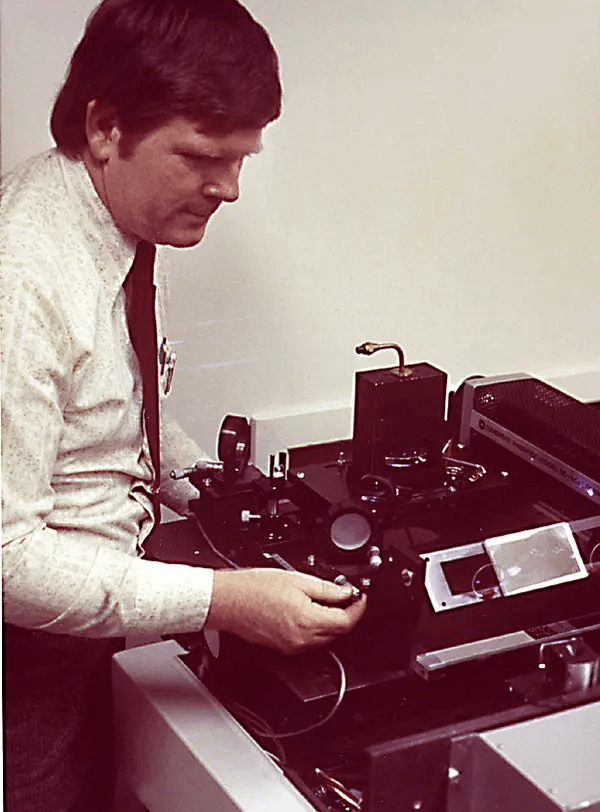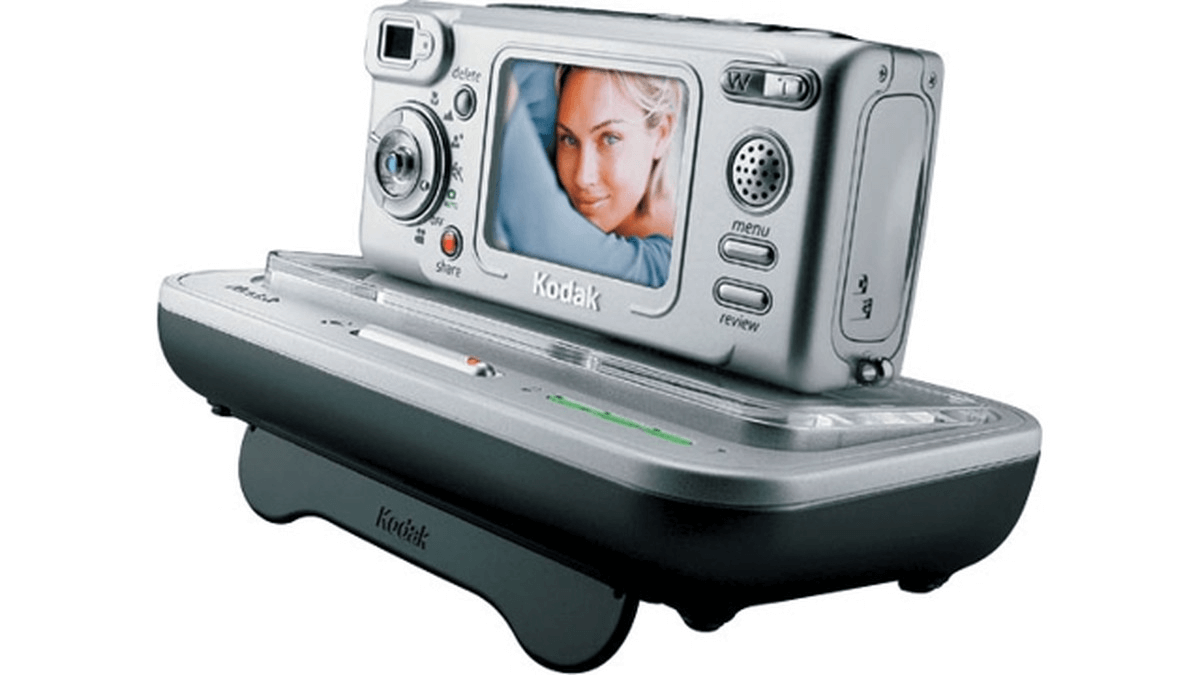“Before printing was discovered, a century was equal to a thousand years”, said Henry David Thoreau, an American essayist, poet, and philosopher. This quote is enough to prove the worth of the print industry.
The printing industry has metamorphosed over the past few centuries to eventually attain its current form. Printing industry trends have never been constant and kept changing from time to time.
So, in this blog, you would discover the journey of the printing industry starting from the 6th century till date and explain the various developments this industry witnessed.
-
Woodblock Printing (6th Century – Early 9th Century)

The Tang Dynasty ruled China during this period. You can call this dynasty the trailblazer of the modern-day printing industry. Woodblock printing was the major innovation of this empire. In this kind of printing, people would engrave wooden blocks, ink them and then press them on a sheet of paper to print images, texts or patterns.
This innovation proved to be a milestone in modern-day Chinese historiography. People consider it as one of the four major inventions of the ancient Chinese empire – the other three being papermaking, gunpowder, and the compass.
Historians also attribute the advent of the oldest known printed book – Diamond Sutra to this age. This Buddhist Sutra was a 16-feet long woodblock-printed scroll.
-
Cast Metal Movable Type Printing (12th Century)

In around 1241, Korea invented cast metal movable type printing. They printed the popular Korean classic Yi Munsun Chip using this method of printing. This Korean classic was an 8-volume collection of works by Yi Munsun, a great scholar, poet and statesman during the Koryo Dynasty of Korea.
-
Wooden Movable Type Printing (13th Century)

By now, the printing technology had started spreading from Asia to other continents as well.
The 13th century witnessed several important stages in the evolution of the printing technology as follows:
-
1300
Bi Shen, the Chinese inventor developed the wooden movable clay type printing back in 1041 AD. But Chinese soon abandoned this technology shortly after he invented it. The drawback was that the clay blocks would break easily.
Around 1.5 centuries later in 1300, Wang Zhen, a Chinese mechanical engineer, writer, inventor, and government official reinforced this technology. He replaced the movable clay types with wooden blocks. This innovation boosted the speed of typesetting as well.
-
1309
Europeans made it big in printing technology by making the first paper.
Again, opinions differ with some historians tracing the origin of the first ever paper back to the 2nd century in China, but there is no strong evidence.
-
1330 – 1395
The printing industry witnessed two landmarks in the printing history in the form of the establishment of the paper mills in two European countries:
– In France in 1348
– In Germany in around 1390
-
Metal Movable Type Printing and Gutenberg Printing Press (14th Century)
The block printing technology soon spread to the European continent. Europeans started printing books using block printing. However, printing hadn’t witnessed any big revolution until 1440 when Johannes Gutenberg, a German blacksmith made history. During his political exile away from Mainz, Germany in Strasbourg, France; he started experimenting with printing using metal types. He returned to Mainz in 1450 and introduced a commercial printing machine – Gutenberg Press.

The first book that he produced was a 1300-page Gutenberg Bible in 1452 in collaboration with Johannes Fust who funded his printing project. They printed around 180 copies of the Gutenberg Bible that circulated well. They started printing pamphlets, calendars, and other ephemera then onwards.
Later in 1455, they parted ways due to a lawsuit that Fust filed against Gutenberg. The ruling was in favor of Fust and he got to acquire all of the Gutenberg equipment and partnered with Peter Schoffer of Gernsheim, Germany.
Gutenberg continued printing alone for several years until 1460 when he finally gave up printing. Possibly due to his old age and visual impairment. He finally passed away in Feb. 1968.
Schroffer was a former calligrapher and technically better at typography and printing (as historians claim). Within two years of his partnership with Fust, he published the Book of Psalms, the first ever book with a three-colored title page and multi-color types within.
Soon after, the other European countries also welcomed the Gutenberg’s invention. By 1470, Italy started using the Gutenberg Press and made huge profits in printed matter. Soon after, the French set up the printing press at Sorbonne, the University of Paris in 1470. By 1476, German printers had become big fishes in the printing business.
Following the rage/fashion, the two other European countries – Spain and Portugal embraced the Gutenberg Printing Press in 1473 and 1495 respectively.
The landmark event of this century was the introduction of the Gutenberg Press to England by William Caxton, an English merchant, writer, and diplomat. In 1495, England set up its first paper mill.
Meanwhile, in contemporary Asia, Hua Sui invented the first metal movable type printing during the Ming Dynasty. He was a wealthy Chinese scholar and printer. Some historians argue that Koreans had already discovered metal (bronze) movable type printing in the 13th century only, but there is no concrete evidence to prove that Hua Sui took inspiration from Koreans.
-
Pre-Industrial Age Printing (15th Century – Early 18th Century)
The seeds of the full-fledged industrial age printing were sown during this period.
Printing witnessed umpteen changes. Enumerating every change may go very long. However, I am trying to sum up the major changes during this period.
– 1550 – England introduced its first ever wallpaper.
– 1575 – North America established its first ever paper mill in Mexico in the present-day North America.
– 1611 – England published the English version of the Bible (translated from the original Hebrew and Greek languages) under King James I. Later, it became popular as the King James Bible.
– 1690 – The present day United States established its first ever paper mill in Philadelphia.
– 1702 – Daily Courant, the first English newspaper commenced in Fleet Street in London.
– 1725 – William Ged, a Scottish goldsmith, invented stereotyping.
– 1800 – Lord Charles Stanhope, a British diplomat, and scientist, invented the cast iron printing
press.
– 1819 – Napier invented the rotary printing press.
– 1829 – Louis Braille, a French educator, and Catholic priest, invented embossed printing for the visually impaired.

-
Industrial Age Printing (Mid 18th Century – Mid 19th Century)
By around mid-18th century, industrial age printing had eventually set in. Let’s walk you through major milestones in printing during this age.
– 1846 – Richard March Hoe, an inventor from New York, US, developed an improved version of the Napier’s rotary printing press. This press could print 8000 sheets an hour and bagged recognition as the first commercial printing press for large print jobs.
– 1865 – Though Hoe’s printing press was a great innovation, its fragility was a drawback. The other major drawback was manual feeding of the paper.
– William Bullock, an American inventor tweaked the design to make it efficient and better.
– He invented the automated roll-fed rotary printing press. This press had the capacity to print 12000 newspapers an hour.
– 1875 – The modern-day offset printing dates back to this year. Robert Barclay, a Scottish writer, and inventor developed the first-ever offset lithography printing press.
– 1886 – A German inventor Ottmar Mergenthaler invented the Linotype machine, the first-ever typesetting machine. This became the first linotype machine to publish the ‘New York Tribune’, the then popular daily newspaper of New York.

– 1870 – Wood pulp became a great raw material for mass paper production.
– 1907 – Cašpar Hermann, a US immigrant from Germany, developed the first web offset printing press.
– 1938 – Chester Carlson, an American physicist, and inventor became the father of modern-day photocopying. It was a dry printing process named electrophotography (which people commonly call ‘Xerox’ today).
-
Pre-Digital Age Printing / Early Age Digital Printing (Laser Printing) (Mid 19th Century – Late 19th Century)
Digital printing was around the corner. Several harbingers of the full-fledged digital printing (including the modern-age 3-D printing) were:
– 1954 – Xerox introduced Copyflo, the first automatic Xerographic printer.
– 1968 – Epson (formerly Seiko Group), a Japanese electronics manufacturing company entered the printer-manufacturing business. It launched EP-101, the world’s first mini-printer. This invention led to the foundation of a leading computer printer manufacturing company that we recognize as Epson today.
– 1969 – American physicist and inventor Gary Keith Starkweather made the groundbreaking invention in the form of a laser printer while working in his research lab in Xerox. This invention went on to lay the foundation of laser printing technology.

– 1971 – Brother Industries, Ltd. launched the world’s first high-speed dot-matrix printer.
– 1975 – Canon Inc. developed its first laser printer.
– 1981 – SATO made a ground-breaking invention in the form of a thermal transfer barcode printer.
– 1984 – Hewlett Packard, a renowned American MNC headquartered in California, US invented HP ThinkJet, the world’s first thermal inkjet printer. Later in the same year, HP introduced HP LaserJet, the world’s most popular PC laser printer.
-
Modern Age Digital Printing (Late 19th Century – Till Date)
By now, the advent of 3-D printing had started making buzz.
– 1983 – Charles Hull invented Stereolithography, sowing the seeds of 3-D printing.
– 1985 – Canon Inc. introduced BJ 80, the world’s first inkjet printer to use Bubble Jet technology.
– 1986 – Charles Hull co-founded the present-day 3D Systems, a computer manufacturing MNC based in South Carolina, USA. This company became the world’s first 3-D printing company.
– 1991 – HP brought about the color printing revolution by launching the affordable HP
DeskJet 500C.
– 1993 – Canon Inc. introduced Pixel Jet S, a full-colour photocopying machine.
– 1996 – 3D Systems introduced MultiJet 3D printers.
– 20021– Dell Inc. set off its journey as a printer manufacturer and retailer.
– 20032 – Kodak introduces LS633, the world’s first OLED display digital camera. It featured the world’s first printer-camera combination. In the same year, HP introduced cutting-edge wireless printing technology.

– 2007 – ZINK pioneered inkless printing technology that requires no ink cartridges, toners, or ribbons to print. It introduced one-of-its-kind ZINK paper with all colors for high-quality printing embedded.
– 2009 3 – HP and BlackBerry formed an alliance that gave BlackBerry users across the world to print emails and docs wirelessly.
– 2010 – HP introduced the world’s first web-connected home printer and launched the mobile printing solution. Parallely, Apple Inc. also introduced AirPrint that eliminated the need for printer-specific drivers.
– 2011 – Epson introduced receipt printers with wireless printing capability from any OS.
– 2013 4– HP launched the new HP Officejet Pro X that Guinness World Records recognized for the fastest time to print by an office color desktop printer.
– 20195– HP debuted HP Neverstop – the world’s first Toner Tank Laser Printer. This printer is 38% faster than the previous generations. With automatic ink sensor alerts, it alerts you before the ink gets over.

What to Expect Ahead?
So, you see that it took around 15 centuries for the printing industry to attain the form it is in today. With the ceaseless breakthroughs in technology, we can expect a flood of changes in the printing industry in the coming years.
If you want to make it big in the printing business, you need to buckle up to embrace the printing industry trends as they come.
If you are thinking of venturing into the printing business, we are there to help you out. You can get in touch with us from here.
Good luck with your printing business!
All product and company names are trademarks™, registered® or copyright© trademarks of their respective holders. Use of them does not imply any affiliation with or endorsement by them.








Follow with us